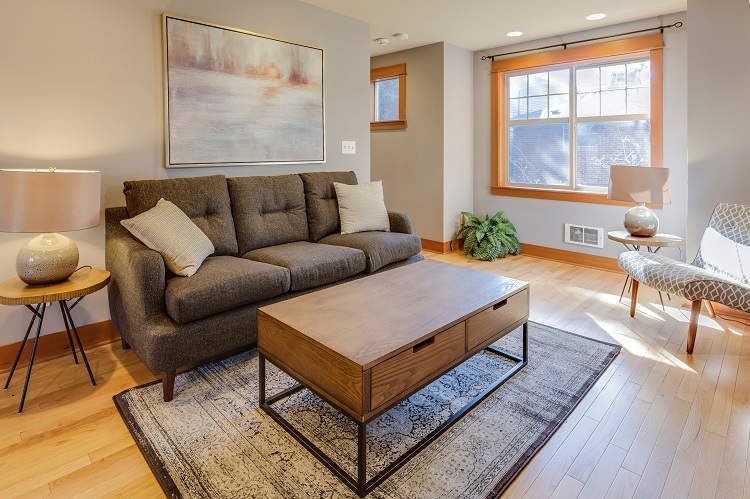
Nine in ten homeowners made eco-friendly home improvements last year, according to one survey from the home services platform Angi. Some of the most popular ecological improvements included the installation of smart thermostats and Energy Star appliances, proving that making a change can be achieved in small ways. However, for homeowners seeking additional ways to improve their home — or even build eco-friendly housing right from the start — there are a variety of options to keep in mind.
The need for eco-friendly housing
Before jumping into a new project that will make your home more environmentally friendly, first understanding the need for eco-friendly housing is essential. McKinsey.com, for instance, notes that real estate “is central to global climate change mitigation efforts,” going on to mention that “Real estate drives approximately 39 percent of total global emissions.” With approximately 11% of these emissions generated by the manufacturing materials that are used in buildings, McKinsey explains that the rest is emitted from the buildings themselves (and by generating the energy that powers them).
Building an eco-home from the start
While upgrading household appliances can be a great way to conserve energy, building a home in a way that is kind to the environment is a possibility as well. Using environmentally friendly building materials, such as bamboo or reclaimed wood is just one way to do this, though other materials that aren’t commonly thought of can present fantastic ideas, too. One article from The Christian Science Monitor notes that examples of this can be seen throughout the world — citing “green roofs” made of earth and plants in Basel, Switzerland, and a Burkinabé architect Francis Kéré, who is designing with Indegenous bricks in Dakar, Senegal.
Developers can further ensure a property’s devotion to the environment by designing a home that puts the surrounding environment first. One 2016 Daily Mail article highlights a particularly unique example of this, in which a house was to be built around two trees rather than chopping them down. APS Design Associates were tasked with coming up with the design for the challenge, and it was decided to include the trees in a way that they could be preserved. “We then looked at designing a building to wrap around the trees, which would protect them and also allow for continuing growth and maintenance,” noted Paul Seager, director of the architects. The property, located in Thundersley, Essex, also includes solar panels, a garden roof (that drains itself), and an air exchange system.
Cultivating an environmentally friendly interior
In addition to efforts that include installing energy efficient appliances, homeowners can work to create an eco-friendly home by making changes to the interior of the house itself. Installing sustainable flooring is just one option, according to House Beautiful, which can be done through the use of reclaimed wood that would have otherwise gone to a landfill. House Beautiful further mentions the benefit of other interior alterations, such as using proper insulation, and the use of eco-friendly paint or wallpaper. And, for those who aren’t looking to build a home, bringing nature into an existing house can be done in other ways. Incorporating indoor trees is a great way to do this, and will aid in putting nature and the environment at the forefront of your home’s interior. Having indoor plants may bring a number of benefits to the table, including the ability to potentially lower stress levels and boost motivation. When looking for the perfect indoor tree for your home, considering where you’ll place it can help — for example, if you need a tree for a sunny corner in your living room, choosing a plant that will thrive in such an environment is essential.
Due to climate change and the impact that real estate has on the environment, creating a home that makes the environment a priority is a great way to make a change. Whether you choose to build an eco-friendly home from the ground up or make a variety of eco-conscious changes to the interior of an existing home, there are multiple ways that you can make a difference.



